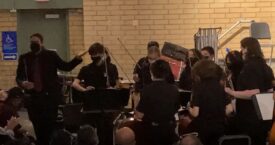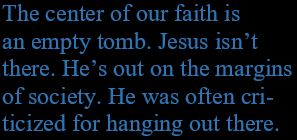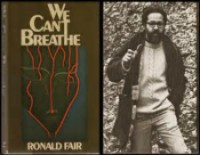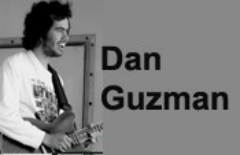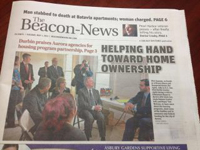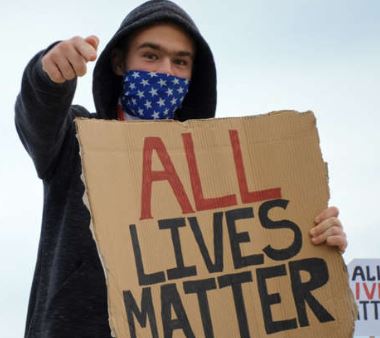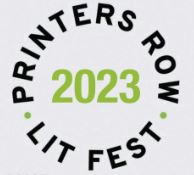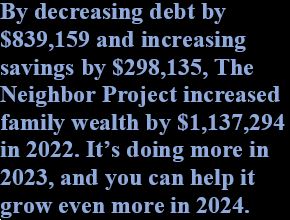 If we could solve the puzzle of home ownership, we’d go a long way to solving inequality in America. In the U.S. home ownership is, for most people, the most reliable way to build wealth and stability for their families and neighborhoods. Moving towards home ownership starts with controlling debt and saving. In The Neighbor Project’s 2022 Annual Report, one graphic shows that its programs helped reduce debt by $839,159 and increased savings by $298,135, thereby adding $1,137,294 to family wealth. The next step is home ownership.
If we could solve the puzzle of home ownership, we’d go a long way to solving inequality in America. In the U.S. home ownership is, for most people, the most reliable way to build wealth and stability for their families and neighborhoods. Moving towards home ownership starts with controlling debt and saving. In The Neighbor Project’s 2022 Annual Report, one graphic shows that its programs helped reduce debt by $839,159 and increased savings by $298,135, thereby adding $1,137,294 to family wealth. The next step is home ownership.
That puzzle is the theme of The Neighbor Project’s 2023 fundraiser: solving the puzzle of home ownership. Which led its gala planners to think of one of the great puzzle games of all time: the Rubik’s Cube. Though invented in the mid 70’s, its heyday was in the early 1980’s, so this year’s gala will also include lots of 80’s nostalgia. Lots of fun, and lots of information about how The Neighbor Project solves the puzzle of home ownership, and how you can be part of that puzzle solving.
Come to the gala on October 21st. Click the banner below to go to The Neighbor Project website and purchase your tickets.
It’s from 6-9 pm at The Venue in Aurora, IL, right across from The Neighbor Project’s offices.
Scroll down the landing page on the website this banner takes you to and watch a video introduction to The Neighbor Project which I was privileged to narrate.
The website you’re on now is loaded with articles about The Neighbor Project, its predecessor Emmanuel House (which merged with the Joseph Corporation in 2018 to form The Neighbor Project), and where it all began for the Guzman family: Bryan House, a living memorial to Bryan Emmanuel Guzman started by Rick and Desiree Guzman in 2007. Bryan House started by serving five refugee families. The Neighbor Project now serves hundreds of families. 81% of these families are low income, but we hope not for long.
Here are a few key articles on this site that offer more insight into The Neighbor Project’s mission. For example, the first article below explores the relationship of home ownership to our nation’s racial wealth gap. That wealth gap is enormous and shameful for the U.S. as a whole, and even worse for people of color.
♦ “The Racial Wealth Gap and Home Ownership.” This article contains many links, including to “Graphic Inequality” (about the U.S. wealth gap in general), and to an article about Lorraine Hansberry, the legendary author of the iconic American play A Raisin in the Sun. It also contains a link to a piece about Bryan Emmanuel Guzman.
♦ “Five Years and a National Award.” Earlier this year Rick Guzman, The Neighbor Project’s executive director, was in Washington D.C. to receive the Emerging Leader award for his work at The Neighbor Project.
♦ “Emmanuel House in Top 100.” In 2016, shortly before it merged witeh the Joseph Corporation, Emmanuel House was recognized as one of the “Top 100 Most Innovative” social change organizations in the world. Rick once wondered how a small organization could have reached that honor. It was because, he felt, it emphazised everybody’s ability to contribute. See the next link below.
♦ “Every Person’s God-Given Ability to Contribute.” There’s no better way to catch a deep sense of The Neighbor Project’s vision than this speech given at the 2020 virtual gala.
♦ Go HERE for an index of almost every article on this site about the history and purpose of, first, Bryan House, then Emmanuel House, then The Neighbor Project.
♦ Another way to increase wealth is to start businesses. The Neighbor Project also contracts with the City of Aurora to run Illinois’ very first Financial Empowerment Center. In addition to free coaching on debt reduction, savings, and safe banking, the Center also offers free coaching on building credit and accessing capital. Learn more by clicking the second item on the Services Section of The Neighbor Project’s website.
